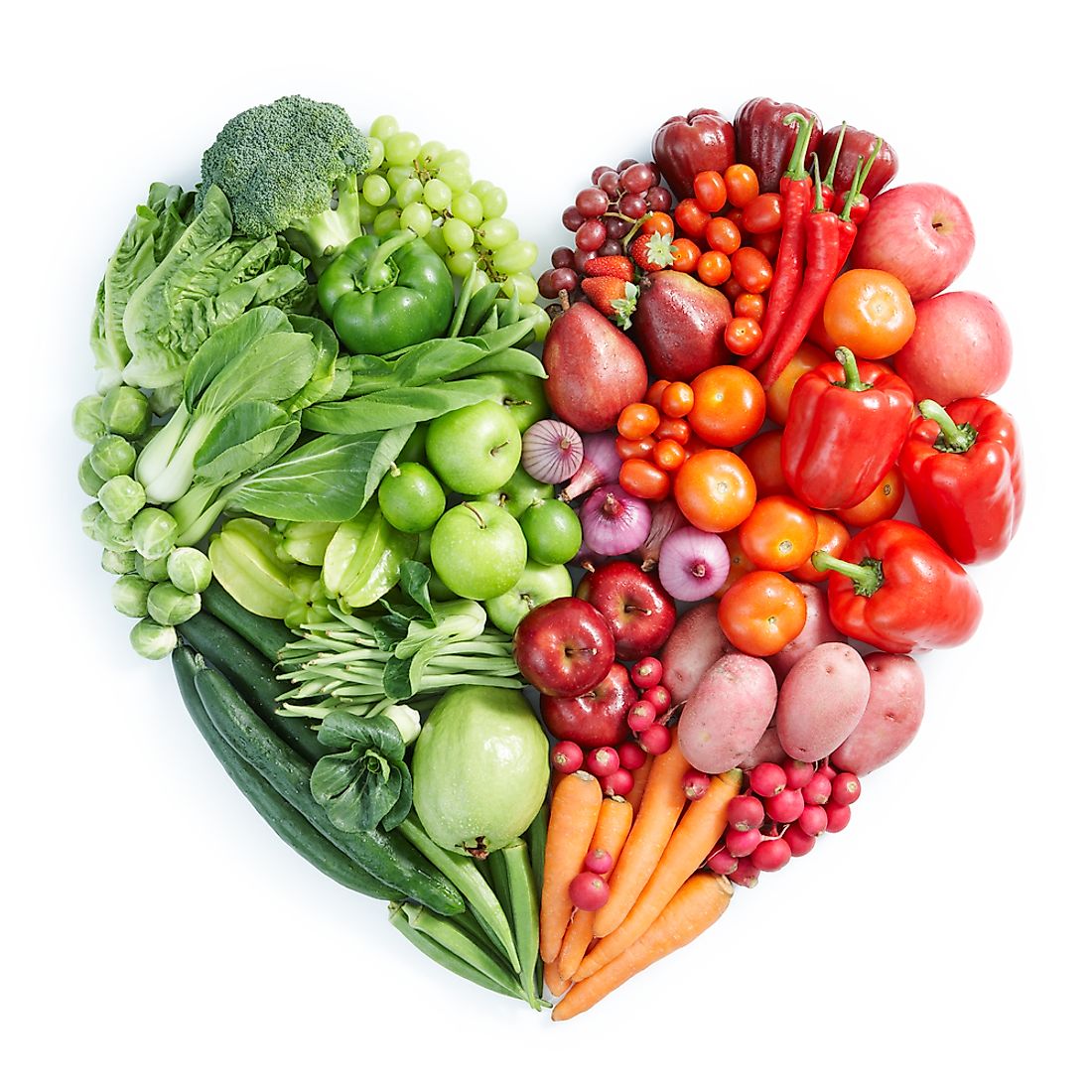What is the Difference Between a Fruit and a Vegetable?

Introduction
The question of distinguishing fruits from vegetables, and vice versa, is such a big discussion that the issue was taken up by the court. Essentially, the classification of fruits and vegetables varies by whether you are a botanist or a chef.
Botanical/Scientific Description
In their naming, the term fruit is a scientific (botanical) term that depicts a produce which originates from a plant's flower, and when mature, contains a seed(s). According to the botanical description, grains like beans, nuts, cucumbers, bell peppers, eggplants, and tomatoes qualify as fruits. This is because they are the part of the plant that contains seeds. On the other hand, a vegetable is a food group with no scientific connotation, a term that is used to describe parts of a plant that we use in culinary preparations. The description of vegetables that we know is botanical and cultural. The botanical description describes vegetables as all other plant parts that do not produce seeds. This includes leaves (kale and lettuce), roots (carrots), flowers (cauliflower),and stems (ginger). For this reason, any fruit can be a vegetable, but not any vegetable can be a fruit.
Culinary/Cultural Definition
The cultural and culinary definition of vegetables assumes that the taste of a part of a plant determines its classification. It suggests that fruits taste sweet and tangy while vegetables have less distinct flavours, savoury and less sweet. Fruits that fall victim to this theory include bell peppers, tomatoes, and eggplants. The definition also suggests that fruits are served as part of a dessert while we serve vegetables as part of the main dish.
To this effect, the scientific definition is clearer and less ambiguous as compared to the culinary description, which does not draw a clear line between the two.
Fun Facts about Fruits and Vegetables
- The argument about fruits and vegetables became so intense that the court was involved. In 1893 the case Nix. v. Hedden was presented to the Supreme Court. The court ruled that higher taxes should be placed on tomatoes (as compared to fruits, which were less taxed) because of its ordinary kitchen use.
- Tomatoes boast the title of world’s most popular fruit, while the banana comes in second. Their production levels are at 60 million and 44 million tons per year respectively.
- Apples are made up of 25% air. This is why the fruit can float on water.
- China is the world's leading supplier of vegetables. They specialize in the production of potatoes, tomatoes, lettuce, onions, broccoli, and cabbage.
- The pungency or spice heat of peppers is measured in Scoville units. The heat level ranges from 0-1,000,000 Scoville units. The Bhut Jolokia is one of the peppers that measure up to 1,000,000 SHU Scoville Scale. The chilli is so hot that it is used as a military weapon by the Indian military. This pepper is lethal; it has been known to cause anaphylactic shock.
- The most common type of banana is the Cavendish banana that has only existed since 1836. Over a century ago, the position was held by the Gros Michel banana, which was almost cleared out by a deadly fungus.











